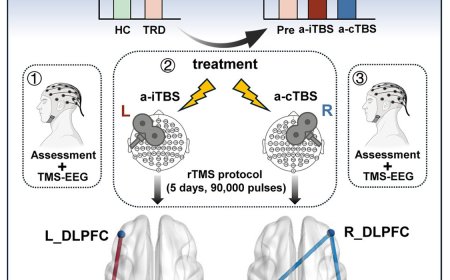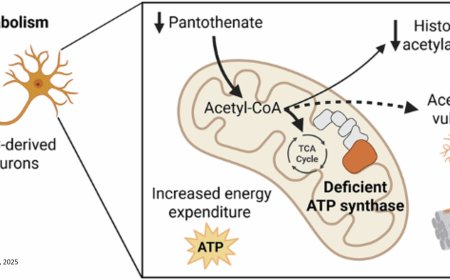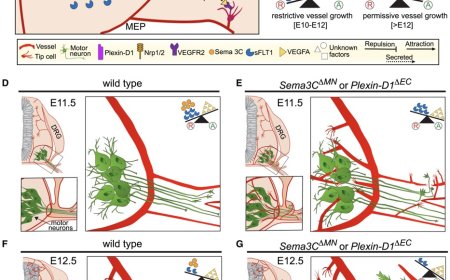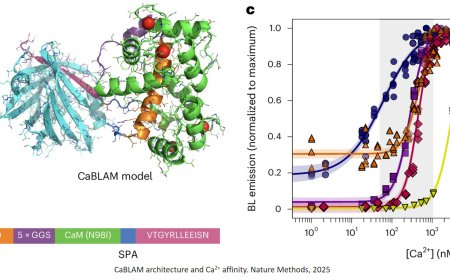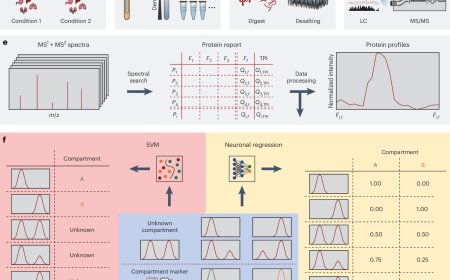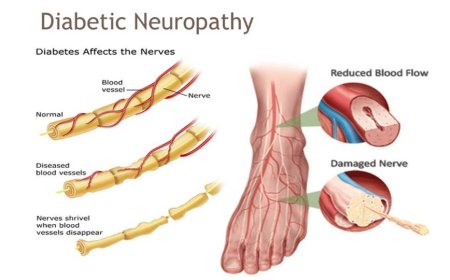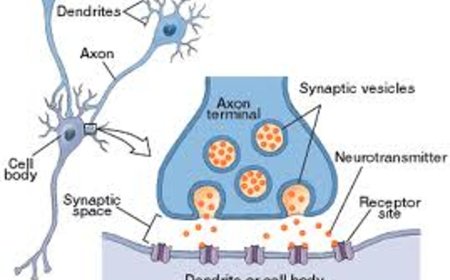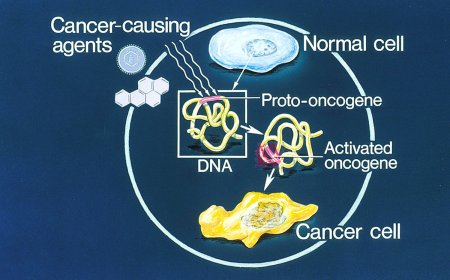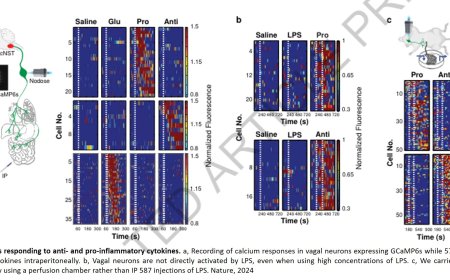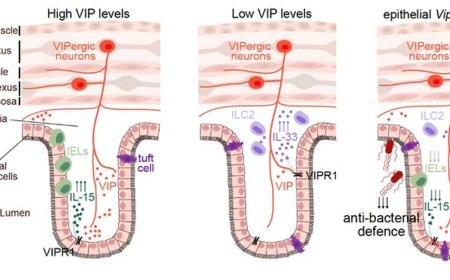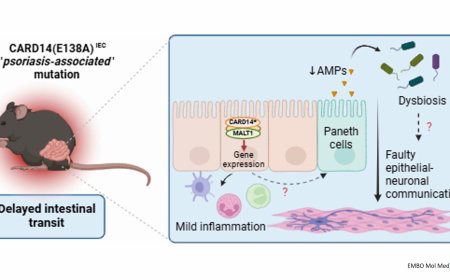How a special group of T cells travel through the small intestine to combat pathogens
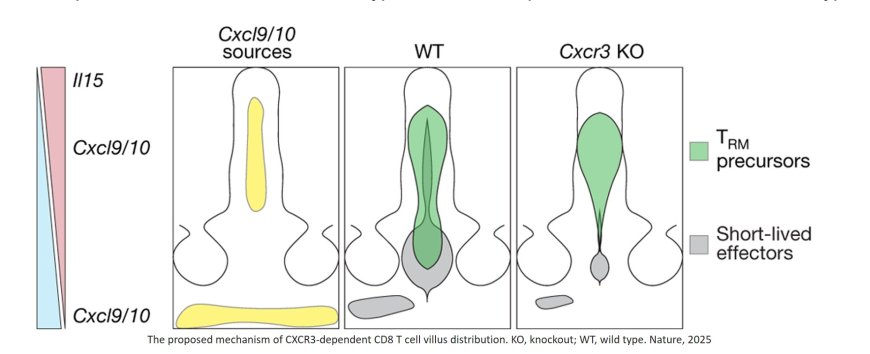
Your gut is a battleground. The cells that line your small intestine have to balance two seemingly contradictory jobs: absorbing nutrients from food, while keeping a wary eye out for pathogens trying to invade your body.
"This is a surface where pathogens can sneak in," says the senior author. "That's a massive challenge for the immune system."
So how do immune cells keep the gut safe? New research shows that pathogen-fighting immune cells called tissue-resident memory CD8 T cells (TRM cells) go through a surprising transformation—and relocation—as they fight infections in the small intestine.
In fact, these cells literally rise up higher in the tissue to fight infections before pathogens can spread to deeper, more vulnerable areas.
"The tissue in the gut has evolved to provide signals to immune cell infiltrates—to put immune cells in specific places so they have a better ability to stop pathogens," says the first author of the new Nature study.
The new findings add to the growing body of evidence that immune cells adapt to protect specific tissues. The author thinks these "tissue-resident" immune cells may be key players in future cancer immunotherapies that target tumors in specific organs.
The authors investigated the formation of TRM cells in the small intestine. The team harnessed a cutting-edge technology called spatial transcriptomics to track these cells in both human and mouse tissue samples.
Their work showed that the small intestine holds two types of TRM cells. These cells are split between the tiny, finger-like "villi" structures that line the small intestine or the "crypts" between the protruding villi.
The researchers found that progenitor-like TRM cells live closer to the crypts between the villi. On the other hand, differentiated TRM occupy more exposed regions at the top of the villi. "Differentiated immune cells are more exposed at the top of the villi, and that's where they have a better ability to protect you from infections," says the first author.
Meanwhile, a reserve population of progenitor-like TRM cells continues to lie low in the crypts. "These cells can replenish the pool of effector T cells, so the immune system keeps them as back-ups in the deeper parts of the tissue," adds the author.
To spy on these important immune cells within their natural habitat, the authors used a new technology—called spatial transcriptomics—to observe millions of messenger RNA molecules simultaneously at subcellular resolution.
"For the first time, we were able to capture the formation of immunological memory in space and time," says the author.
Looking at small intestines after a viral infection, the scientists found that the gut releases chemical signals to instruct immune cells where to go and what to do. "This study offers a new resource for finding signals that position immune residents to strengthen our gut immunity," says the author.
The new study gives researchers a detailed look at how immune cells interact with each other and their cellular gameboard.
The author says the new finding should guide future research into how immune cells develop and move through other organs with different tissue structures, such as the kidneys and lungs—and how immune cells might fight tumors in these organs.
